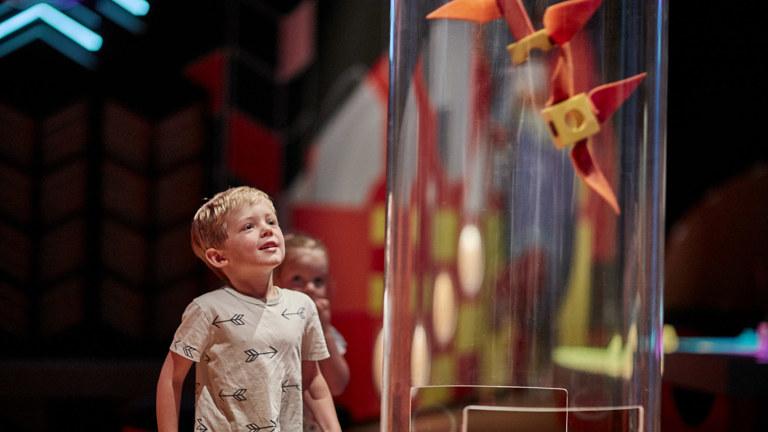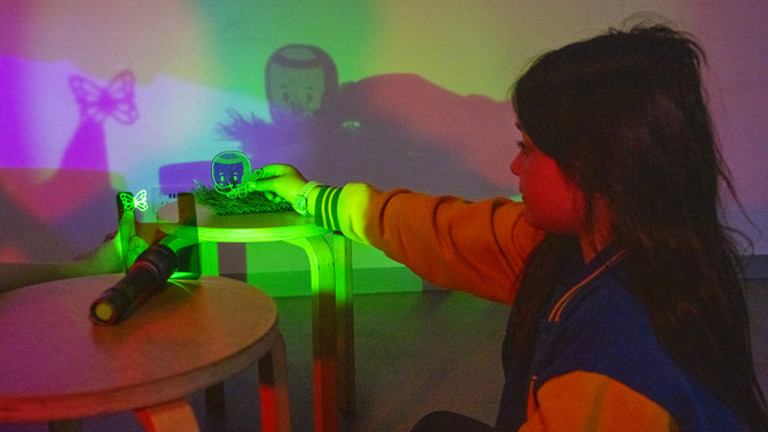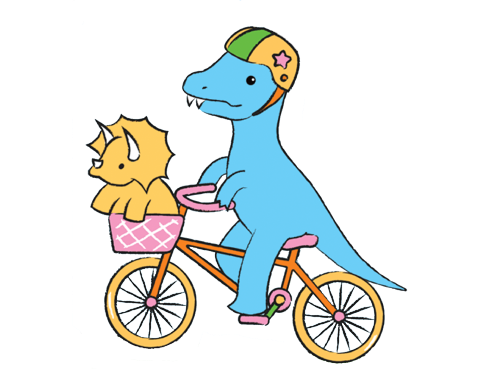
Make, Solve, Create
- What
- Museum Staff-led
- When
- Terms 1 to 4, Monday to Friday
- Duration
- 40 minutes in the STEM Lab
Curriculum links & Accessibility & Access Fund - Year level
- Years K to F
- Minmum student numbers
- Minimum 15 students
- Maximum student numbers
- Maximum 28 students
- Cost
- $11 per student + education service fee
- Booking information
- Bookings 13 11 02
In this curriculum-aligned workshop for Kindergarten and Foundation students, participants are taken through an interactive story, building and solving design challenges faced by Dot.
Students will experience
- An interactive story featuring Dot, the main character in the Ground Up: Building Big Ideas, Together exhibition
- Helping Dot by building solutions to problems she encounters on her adventure
- Using materials such as blocks and tubes to help Dot with seeing a sunrise over trees, crossing a fast-flowing river, and finding out a code for a door
Students will learn
- How to use STEM skills, such as designing and testing solutions with design constraints
- That there are multiple ways to solve a problem
- Skills such as collaboration and communication when working with a partner
- How to identify and describe shapes, colours and textures of different materials
Victorian Curriculum links
Victorian Early Years Learning and Development Framework (VEYLDF)
- Outcome 1. Children have a strong sense of identity
- Outcome 4. Children are confident and involved learners.
- Outcome 5. Children are effective communicators.
Science: Foundation to Level 2
Chemical sciences
- objects can be made of one or more different materials; these materials have observable properties
VC2S2U04
Design and Technologies: Foundation to Level 2
Creating Designed Solutions
- use materials, components, tools and techniques to safely make designed solutions
VC2TDE2D0 - explore the characteristics and properties of materials and components that are used to create designed solutions
VC2TDE2C04
Mathematics: Foundations
Space
- sort, name and create familiar shapes; recognise and describe familiar shapes within objects in the environment, giving reasons
VC2MFSP01









